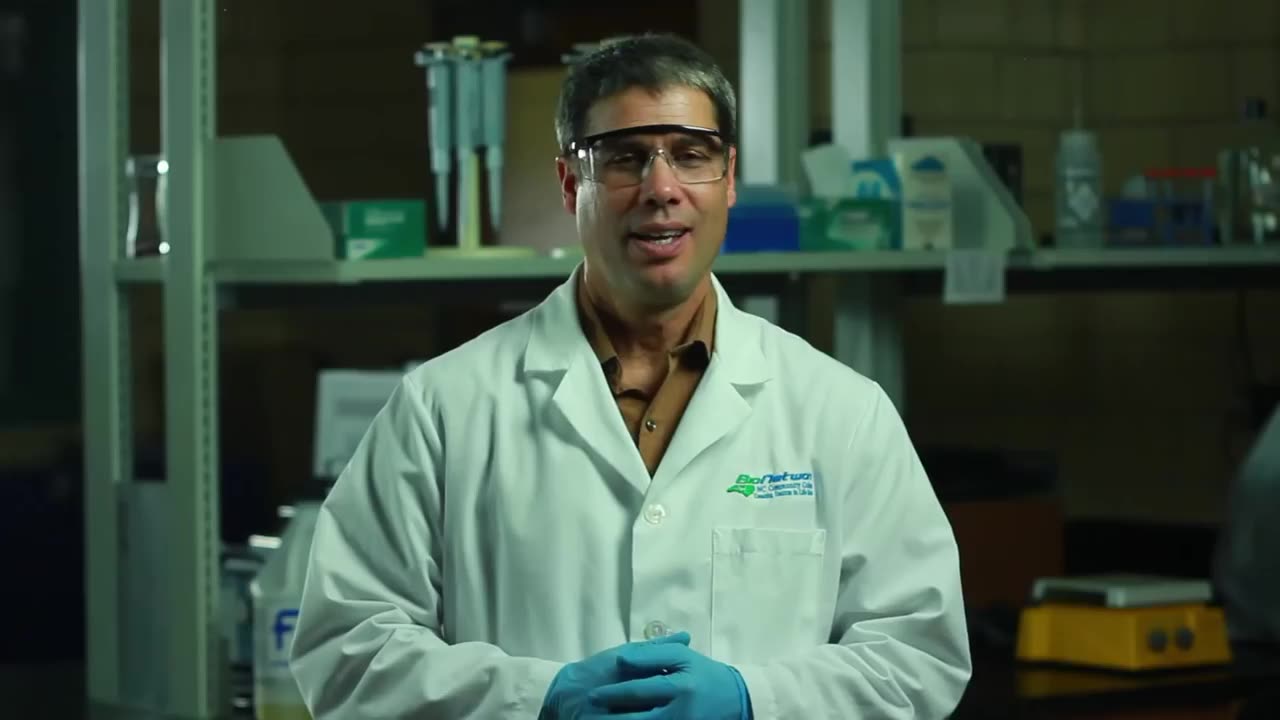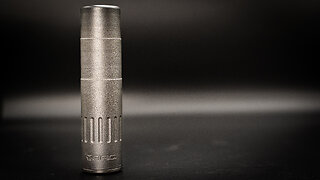Premium Only Content

Safe Chemical Handling _ Lab Safety Video Part 5_2
Creating a **"Safe Chemical Handling – Lab Safety Video (Part 5.2)"** involves visually demonstrating best practices for handling chemicals in laboratory settings. Here's a detailed script outline you can use for the video:
---
### **Video Title:**
**"Safe Chemical Handling – Lab Safety (Part 5.2)"**
---
### **1. Introduction**
- **Scene**: A laboratory with a presenter in full PPE (lab coat, gloves, goggles).
- **Narration**:
- "Welcome to Part 5.2 of our Lab Safety series: Safe Chemical Handling. In this video, we’ll cover the essential practices for handling chemicals safely to protect yourself, your colleagues, and the environment."
---
### **2. Personal Protective Equipment (PPE)**
- **Scene**: A close-up of PPE items being worn correctly.
- **Key Points**:
- Wear safety goggles to protect your eyes.
- Use chemical-resistant gloves and check for tears or damage before use.
- Lab coats or aprons are mandatory to prevent skin contact.
- Closed-toe shoes protect feet from spills.
- **Narration**:
- "Always wear the appropriate PPE. Inspect your equipment before every use, and replace any damaged items immediately."
---
### **3. Chemical Labeling and Identification**
- **Scene**: Various labeled chemical containers, emphasizing hazard symbols.
- **Key Points**:
- Read labels and Safety Data Sheets (SDS) before handling any chemical.
- Look for key information like hazard symbols, handling instructions, and emergency measures.
- **Narration**:
- "Never use a chemical from an unlabeled container. Labeling ensures everyone knows what they’re handling and how to do so safely."
---
### **4. Handling Techniques**
- **Scene**:
- Demonstration of correct pouring techniques (e.g., acid into water, not water into acid).
- Using pipettes, tongs, or other tools to avoid direct contact.
- **Key Points**:
- Use fume hoods for volatile or hazardous substances.
- Never mix chemicals unless the procedure is verified as safe.
- **Narration**:
- "Use tools and equipment to minimize direct contact with chemicals. Always work in a well-ventilated area to prevent inhalation of fumes."
---
### **5. Spill Prevention and Cleanup**
- **Scene**: A mock spill and cleanup using a spill kit.
- **Key Points**:
- Use secondary containment trays to prevent spills.
- Clean up spills immediately using the proper absorbents and neutralizers.
- Dispose of waste according to lab protocols.
- **Narration**:
- "Act fast to manage spills safely. Always have a spill kit nearby and know the cleanup procedure for the chemicals you’re working with."
---
### **6. Chemical Storage**
- **Scene**: A properly organized storage cabinet with segregated chemicals.
- **Key Points**:
- Store chemicals according to their compatibility (e.g., acids separate from bases, flammables in fire-rated cabinets).
- Keep reactive chemicals in a cool, dry place away from direct sunlight.
- **Narration**:
- "Safe handling starts with safe storage. Follow compatibility charts and use proper storage conditions for every chemical."
---
### **7. Waste Disposal**
- **Scene**: Properly labeled waste containers and disposal steps.
- **Key Points**:
- Segregate chemical waste by type (e.g., organic, inorganic, corrosive).
- Label all waste containers clearly.
- Never pour chemicals down the sink unless specifically allowed.
- **Narration**:
- "Disposal is just as important as handling. Follow your lab’s waste management policies to protect the environment and comply with regulations."
---
### **8. Emergency Response**
- **Scene**: Demonstration of using an eyewash station, emergency shower, and fire extinguisher.
- **Key Points**:
- Know the locations of safety equipment.
- In case of chemical exposure, rinse immediately with water and seek medical attention.
- **Narration**:
- "In an emergency, every second counts. Familiarize yourself with safety equipment and procedures."
---
### **9. Recap and Best Practices**
- **Scene**: Presenter summarizing the key points with a checklist displayed on-screen.
- **Checklist**:
1. Wear proper PPE.
2. Read labels and SDS.
3. Use proper tools and techniques.
4. Prevent and manage spills.
5. Store and dispose of chemicals safely.
6. Be prepared for emergencies.
- **Narration**:
- "By following these practices, you can minimize risks and ensure a safe working environment."
---
### **10. Closing**
- **Scene**: The presenter standing by a safety poster.
- **Narration**:
- "Thank you for watching. Stay safe and keep learning. For more lab safety tips, check out the rest of our series."
---
Would you like to expand this outline into a full script or need visuals for the video?
-
 36:13
36:13
The Why Files
1 month agoAlien Implants Vol. 1: Devil’s Den UFO Encounter: What Was Found Inside Terry Lovelace?
49.2K36 -
 9:03
9:03
Alabama Arsenal
1 day agoAAC HUB 2K | Modern Features, Iconic Classic Looks
1761 -
 13:49
13:49
Dermatologist Dr. Dustin Portela
1 day ago $0.03 earnedDermatologist Reveals the Worst Things To Do To Your Skin
57 -
 1:02:24
1:02:24
PMG
20 hours ago"Hannah Faulkner and Jamie Villamor | DEFEND, INSPIRE, INFLUENCE"
381 -
 44:27
44:27
BIG NEM
12 hours agoWOULD YOU RATHER? Live Stream
145 -
 4:23:49
4:23:49
FreshandFit
13 hours agoIsrael v Palestine Debate! Respect A Man If He Says No Or Yes To A Girl's Trip?
177K189 -
 2:05:33
2:05:33
TheSaltyCracker
15 hours agoTech Bros try to Hijack MAGA ReeEEeE Stream 12-27-24
313K532 -
 2:01:25
2:01:25
Roseanne Barr
20 hours ago $43.97 earnedJeff Dye | The Roseanne Barr Podcast #80
145K67 -
 7:32
7:32
CoachTY
18 hours ago $12.49 earnedWHALES ARE BUYING AND RETAIL IS SELLING. THIS IS WHY PEOPLE STAY BROKE!!!
132K8 -
 1:01:00
1:01:00
Talk Nerdy 2 Us
14 hours ago💻 From ransomware to global regulations, the digital battlefield is heating up!
51K2